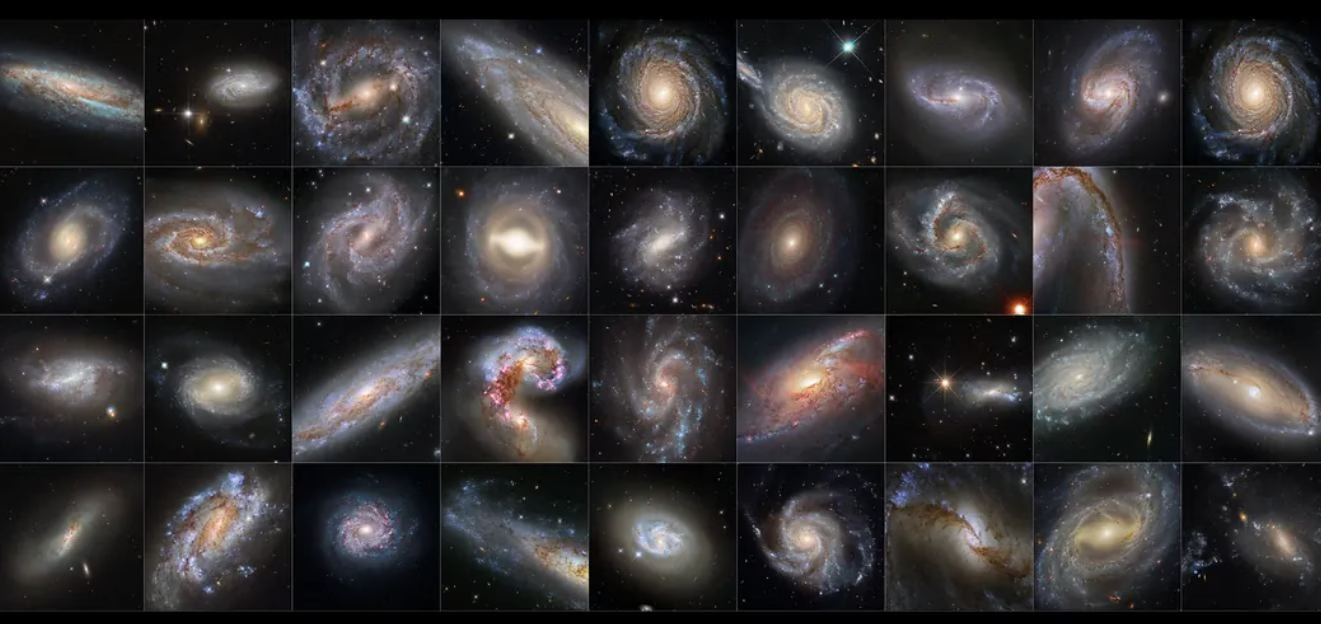A new study published in the Astrophysical Journal confirms that the expansion of the universe is accelerating and that this is not due to measurement errors. Using data from the James Webb Space Telescope (JWST), researchers were able to cross-check results previously obtained with the Hubble Space Telescope (HST) and show that the difference in distance measurements between the two telescopes was less than 2%.
This work is an important step in understanding the expansion of the universe because it helps rule out the possibility that the difference in distance measurements between the HST and JWST is the cause of the difference in observed velocities, the so-called “Hubble tension.” Expansion of the universe and predictions of the standard cosmology model (Lambda CDM).
The “Hubble tension” is the difference between the observed expansion rate of the universe, which is about 70-76 kilometers per second per megaparsec, and the estimated expansion rate, which is about 67-68 kilometers per second per megaparsec. This difference is the subject of active research and debate in the scientific community.
The researchers used JWST data to cross-validate HST results obtained using the method called “cosmic distance ladder” (CDL). CDL is a method for measuring distances to distant objects that involves the use of “standard candles” such as supernovae and Cepheids.
“JWST has some advantages and disadvantages over HST in measuring distances to nearby galaxies. It offers near-infrared resolution that is 2.5 times higher than HST,” the study’s authors write.
The results of the study show that the distance measurements obtained by JWST confirm the HST results and rule out the possibility that the difference in distance measurements between the two telescopes is the cause of the Hubble strain.
Also read – Scientists explain how planets formed in the early universe
“The difference between the observed expansion rate of the universe and the predictions of the standard model suggests that our understanding of the universe may be incomplete. We must take this issue very seriously as the two NASA telescopes support each other’s data; it’s a challenge, but also an incredible opportunity to learn more about our universe,” said Adam Riess, lead author of the study.
One possible explanation for the “Hubble voltage” could be the existence of a new component of matter, such as “early dark energy,” that provided an accelerated expansion of the universe after the Big Bang. Other ideas include “unusual dark matter”, “exotic particles”, “varying electron mass” or “primordial magnetic fields” that could explain the difference in distance measurements.
“Theorists have the right to be pretty creative,” said Mark Kamionkowski, a cosmologist at Johns Hopkins University who helped calculate the Hubble constant and recently developed a possible new explanation for the “Hubble voltage.” Source













